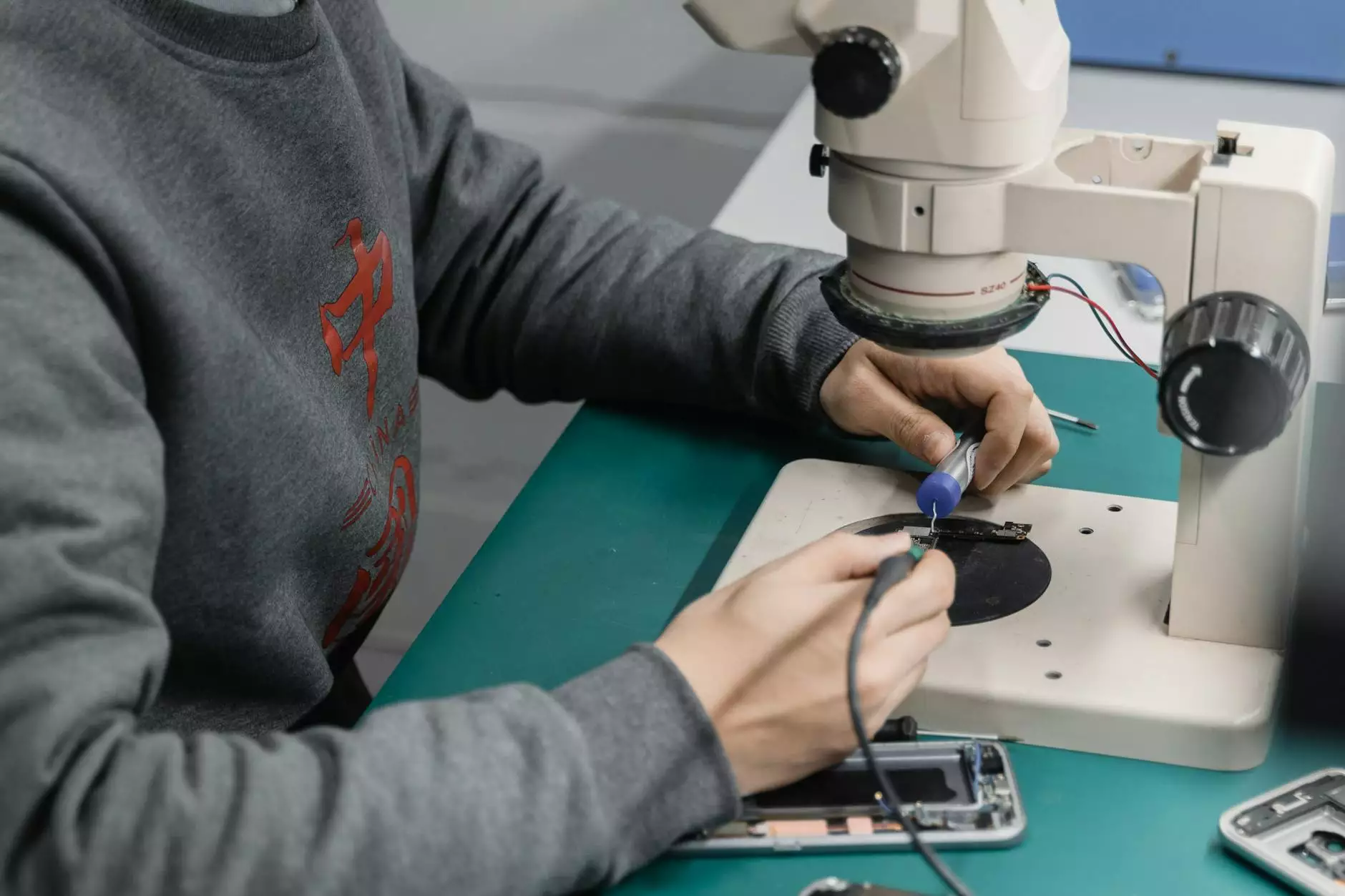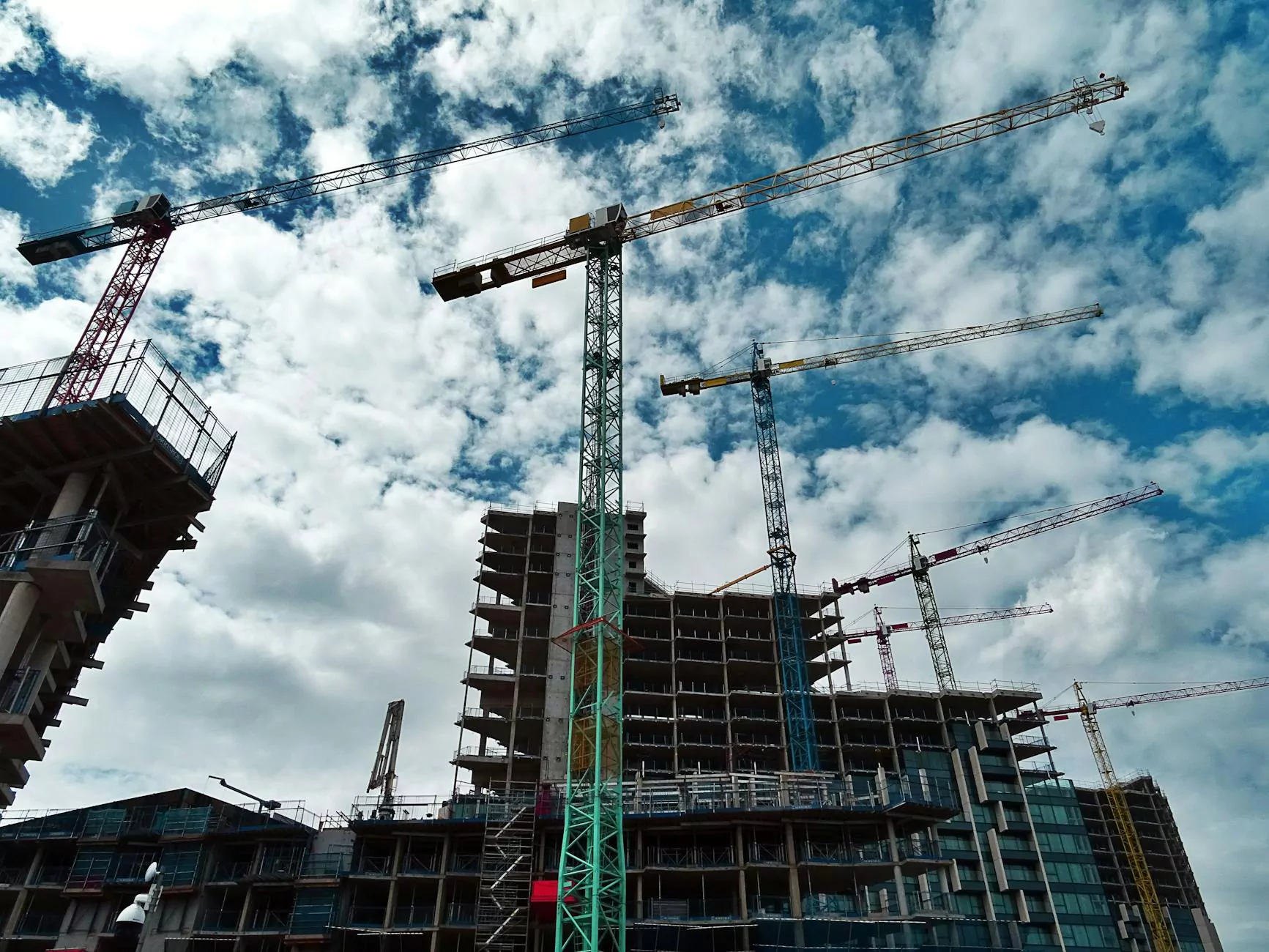The Comprehensive Guide to Litho Printing: Unleashing the Power of High-Quality Print

Litho printing, also known as lithography or offset printing, is a highly regarded printing technique that has transformed the way businesses present their materials. This article delves into the nuances of litho printing, exploring its many benefits, processes, applications, and why it stands out among other printing methods.
Understanding Litho Printing: An Overview
Litho printing is based on the principle that oil and water do not mix. It involves the use of a flat printing plate, where the image area is rendered oleophilic (attracted to oil), while the non-image area is hydrophilic (attracted to water). This selective affinity enables the printing of high-quality images and text onto various substrates.
History of Litho Printing
The invention of lithography dates back to the late 18th century, when it was initially used for drawing pictures and writing. The first commercial lithographic printing was done in 1796 by Alois Senefelder, who discovered that an image could be transferred from a stone to a paper sheet using a mixture of oil and water. Over the years, litho printing evolved through various advancements, resulting in the modern offset lithography that we know today, which allows for faster and more efficient printing.
Types of Litho Printing
Within litho printing, there are several techniques used depending on the needs of the printed material. The main types include:
- Sheet-fed Lithography: This method uses individual sheets of paper, making it ideal for short runs and jobs requiring high-quality prints.
- Web Lithography: This continuous printing process is used for newspaper and magazine printing, where large volumes of prints are required.
- Digital Lithography: Combines digital printing technology with traditional lithography for quicker production times.
The Advantages of Litho Printing
There are numerous advantages to choose litho printing for your business needs:
- Exceptional Image Quality: Litho printing produces high-resolution images that are sharp and vibrant, making it perfect for marketing materials.
- Cost-Effective for Large Runs: Once the initial setup costs are covered, the unit cost per print decreases significantly with larger volumes.
- Versatility: Can print on a variety of materials including paper, cardstock, and even plastics.
- Color Consistency: The process ensures consistent color quality across larger print runs.
- Eco-Friendly Options: Many litho printers now utilize eco-friendly inks and materials, minimizing their carbon footprint.
The Litho Printing Process: A Step-by-Step Guide
The litho printing process involves several meticulous stages to ensure the highest quality output.
- Pre-Press Preparation: Artwork is transformed into digital files, and printing plates are created based on the design specifications.
- Plate Preparation: Plates are coated with a photosensitive emulsion, which is exposed to light to create the image area.
- Printing: The plate is mounted onto the press, where it rollers with ink, rotating and transferring the image onto paper.
- Post-Press Processing: After printing, processes like cutting, folding, and binding may be performed to finish the final product.
Common Applications of Litho Printing
Litho printing is widely utilized across various industries, including:
- Marketing Materials: Flyers, brochures, and posters benefit from the high-quality images produced by litho printing.
- Packaging: Litho printing is ideal for packaging materials, providing visible branding and product information.
- Books and Magazines: High volume publications are frequently printed using litho for cost efficiency and quality.
- Stationery: Business cards, letterheads, and envelopes often feature lithographic design for a professional appearance.
Choosing the Right Printer for Litho Printing
Selecting the right printing partner is crucial for ensuring your litho printing needs are met effectively. Consider the following factors when choosing a litho printing service:
- Experience: Look for companies with a proven track record in litho printing.
- Quality Assurance: Ensure they have quality control processes in place to maintain standards.
- Technology: Advanced printing equipment translates to better quality and efficiency.
- Customer Service: A responsive team that communicates effectively can streamline the printing process.
Cost Considerations in Litho Printing
When planning a litho printing project, understanding the cost factors involved is essential. Here are some key components that can affect the price:
- Quantity: Larger quantities often reduce the per-unit cost.
- Complexity: Multi-color jobs and intricate designs may incur additional costs due to setup time.
- Material Choice: Paper and ink selection can vary greatly in price.
- Finishing Options: Additional processes such as varnishing or binding will impact the overall cost.
Conclusion: Embracing Litho Printing for Business Excellence
In the competitive world of business, presenting high-quality print materials is essential for standing out. Litho printing offers unparalleled image quality, cost-effectiveness for large runs, and versatility across a wide range of applications. By leveraging this printing technique, businesses can enhance their branding, improve promotional effectiveness, and foster a positive impression in the eyes of their audience.
As we move forward in an increasingly digital world, litho printing remains a crucial element for businesses looking to make their mark through tangible, high-quality printed materials. Embrace the benefits of litho printing today and watch your business soar to new heights.









